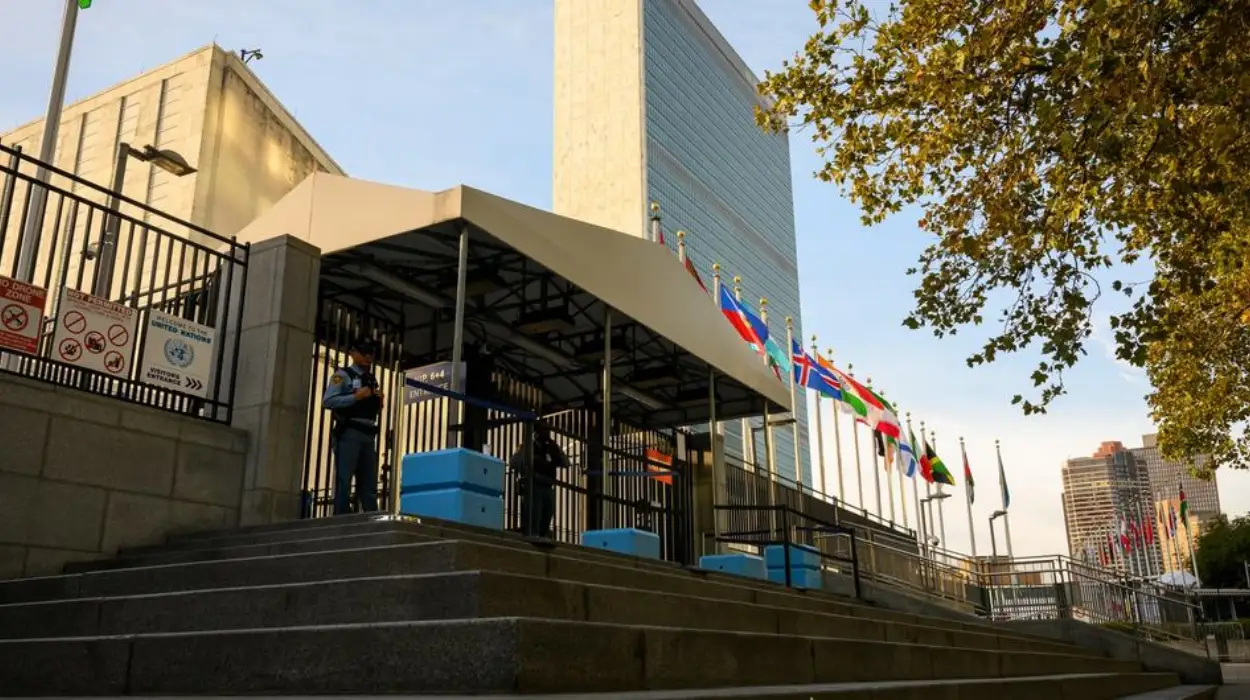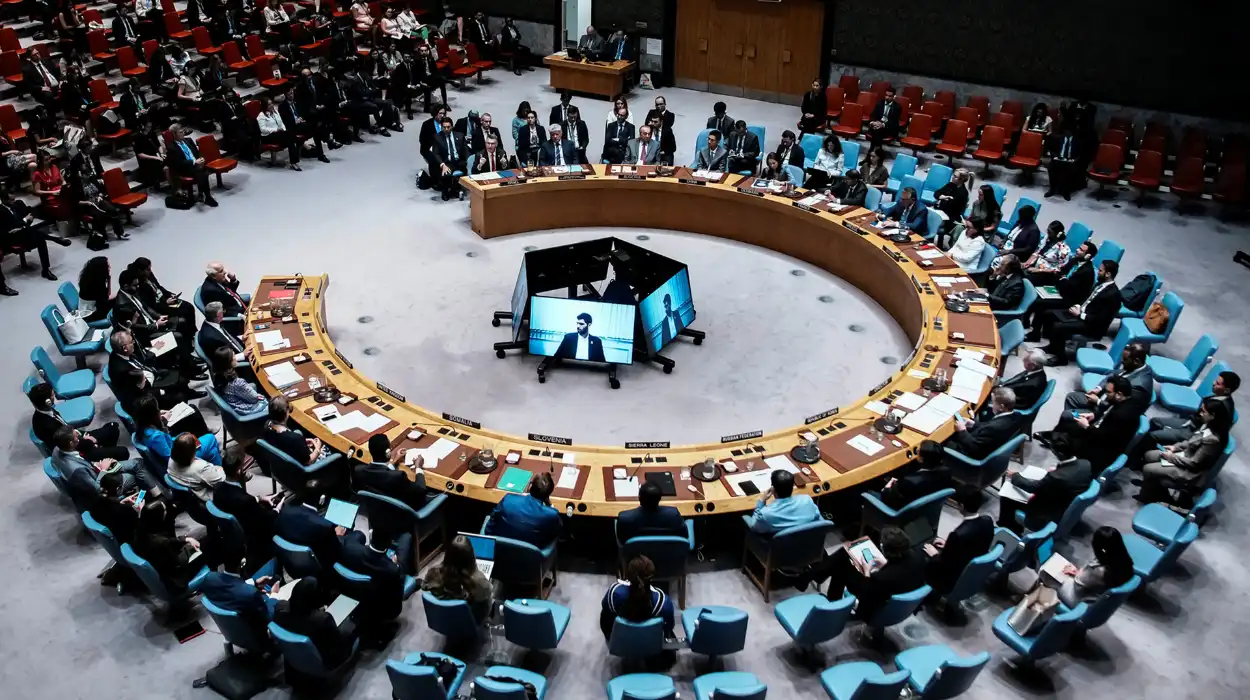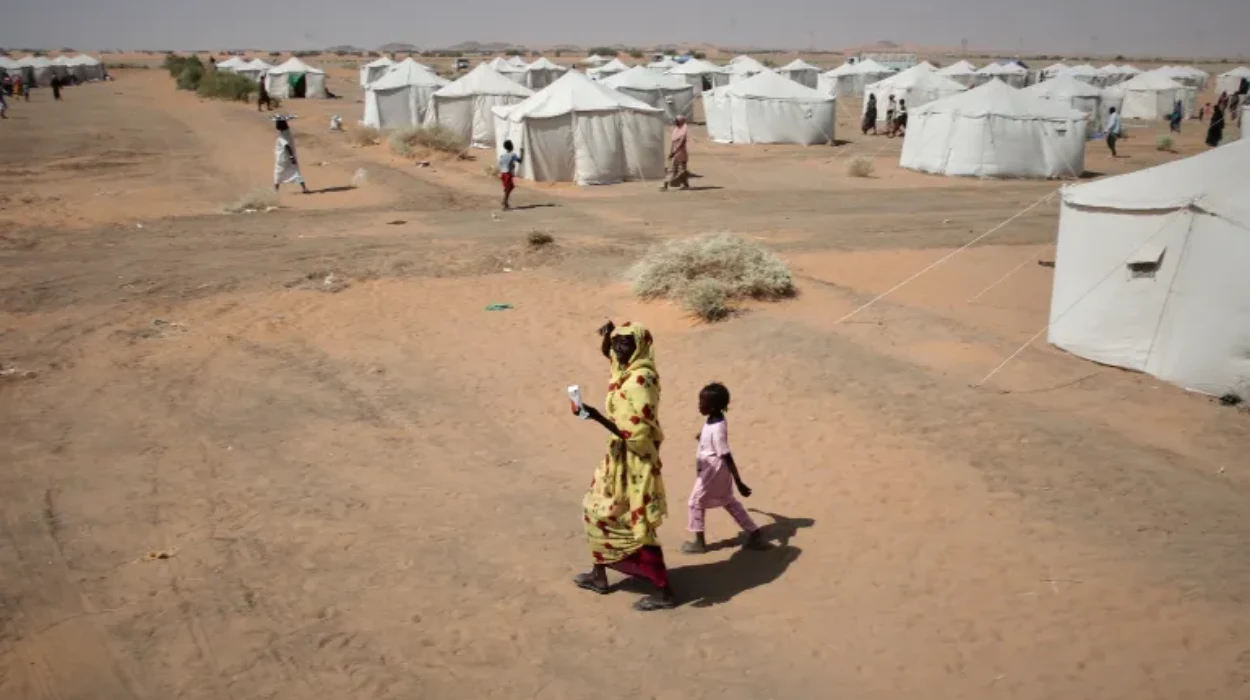The events that took place in June 2025 pushed the world towards conflict with deep apprehension in its stomach as hostilities between Israel and Iran broke out into open war. Missile attacks, bombing, nuclear deterrence and images of hundreds dying, thousands injured, and whole settlements displaced are leaving hundreds dead, thousands wounded, and entire villages uprooted. During this crisis, the United Nations has released multiple warnings of a serious nature, encouraging de-escalation, restraint and a change to diplomacy. However, the scenes of violence give the international community a bleak realization; the peace efforts being promoted by the UN are being wilfully dismissed, and its mediative mechanisms are proving to be ineffective against the determination of established hostilities and the geopolitical ambitions by other nations.
This is the analysis of why in spite of desperate UN efforts, the hostilities between Israel and Iran keep escalating, what recent facts and declarations of stakeholders say, and how the boundaries of diplomacy are building up humanitarian costs.
The Escalation: Facts and Figures, and Humanitarian Cost
Civilian casualties and destruction of infrastructure.
- Iran: 224 people are killed in Iran by the attacks of Israel with June 13, 2025, including 74 women and children, and at least 1,000 are injured. The bombarding of Tehran continues to plant panic in the residents as thousands have fled the capital due to bombardment warnings and fear of nuclear fallout.
- Israel: Strict retaliation retaliatory attacks by Iranians have so far led to death of 24 civilians including women and children and over 840 people injured.
- Infrastructure: Both nations have experienced huge losses of health centers, houses, water lines, gas and oil structures. IAEA found significant destruction to Iranian TESA Karaj workshop and Tehran Research centre thus leading to fears that the country is likely to be polluted with nuclear substances and may cause health hazards on citizens in the distant future.
Escalation Timeline
- June 13, 2025: Israel initiates a succession of aerial bomb attacks on more than 100 Iranian nuclear, military and infrastructure lands under the pretext of pre-emptive action against the supposed imminent nuclear threat.
- June 14 19, 2025: The Iranians reply with massive rocket attacks against Israeli cities and military bases. Israeli aircraft make additional assaults with three major sorties in a 24-hour period hitting supplies and launch limits of missiles in the west of Iran.
- June 18-19, 2025: The conflict is now in its sixth day, civilian casualties are growing, and fears of further regional – and perhaps global – escalation are rising.
UN Warnings: Strong Language, Weak Action
Secretary-General Antonio Guterres
??UN Secretary-General António Guterres has made numerous calls for “immediate de-escalation leading to a cessation of hostilities,” cautioned that “further military campaigns could have serious repercussions not just for those engaged, but for the region and the international peace and security system overall.” He described the strikes as “tragic and unnecessary loss of life and injury to civilians as well as destruction of homes and important civilian infrastructure,” and reiterated that he believes that “diplomacy remains the best and only solution in relation to concerns about Iran’s nuclear programme and issues of regional stability.”
UN Human Rights Office and Deputy High Commissioner Nada Al-Nashif
Nada Al-Nashif, UN Deputy High Commissioner for Human Rights, has emphasized the “imperative that both sides fully respect international law, in particular by ensuring the protection of civilians in densely populated areas and of civilian objects”. She has called for “urgent de-escalation and full respect for international law to protect civilians,” urging all parties and those with influence to prioritize negotiation.
UN Security Council and International Community
The UN Security Council held several emergency meetings, highlighting calls for humanitarian ceasefires, and respect for international humanitarian law. Despite calls to action, the divisions in the permanent members and use of vetoes have also been impeding substantial action, revealing the more systemic paralysis of international diplomacy regarding this crisis.
Stakeholder Positions: Clashing Narratives
Israeli Government and Military
Israeli officials claim they are “pre-emptively” striking, stating that Iran is “closer than ever to getting a nuclear weapon” and is a “serious threat to the wider world.” IDF spokesperson Effie Defrin claimed they struck Iranian sites where missiles and centrifuges were produced. He explained that they will not let advanced weaponry fall into the hands of Hezbollah and others, and therefore had to hit these sites based on their military reasoning.
Iranian Government
Iran’s delegate to the UN, Ali Bahreini, condemned Israeli strikes claiming they were “aggression” and a “war against humanity.” Bahreini noted they were targeting residential neighborhoods, water infrastructure, and nuclear facilities. He claimed the strike against nuclear infrastructure risked exposing the Iranian community to dangerous leaks, with possible long-term health risks like cancer and genetic changes.
UN and Human Rights Advocates
UN officials and human rights advocates have called out both sides for actions that “ risk causing severe harm to civilians and possible breach of international law.” They criticized the use of force, targeting of civilian infrastructure, failure to protect non-combatants, and are demanding accountability and an immediate end to hostilities.
Why Diplomacy Fails: Structural and Political Barriers
The Limits of UN Influence
UN warnings should be heeded, however, there are liabilities that constrain the UN in creating and enforcing peace:
- Limited Enforcement Power: The UN is capable of making statements, passing a resolution, and calling for a cease-fire, but cannot compel states to adhere to its demands, particularly states that have militaries or powerful supporters.
- Inability of the Security Council: The inability of the Security Council is impeded by rivalries between its permanent members. Specifically, anticipation of geopolitical rivalries among the US, China, and Russia forecloses Security Council sanctions for hostile actions, and the ability to issue peacekeeping missions in contested conflicts.
- Underwriting norms: Both Israel and Iran have justified their actions as lawful acts of self-defense against threats, thereby expanding Article 51 of the UN Charter.
Regional and Global Contexts
- Proxy Warfare and Altered Alliances- The Israel-Iran conflict is positioned in larger regional conflicts, rivalries, proxy groups, and the activities of global powers where miscalculation and escalation are more probable than diplomatic solutions.
- Domestic Political Contexts: Leaders in both Israel and Iran are faced with domestic political issues that incentivize hard right positions, a position of military dialogue, and disincentivize any form of political compromise, making the prospect of diplomacy scant.
The Humanitarian Cost of Diplomatic Failure
Civilian Suffering and Displacement
The failure to end the violence has generated a worsening humanitarian crisis.
Casualties:
- Over 224 killed and 1,000 injured in Iran, and 24 killed and over 840 injured in Israel with most of the casualties being civilians, as well as a considerable number of women and children.
- Displacement: Thousands of residents of Tehran have left the capital and thousands more will be displaced as critical infrastructure and basic services are destroyed.
- Nuclear Dangers: Damage to Iran’s nuclear facilities has raised concerns over potential radiation leaks, with potential long-term health and environmental risks.
Wider regional implications
The violence has drawn away resources and attention from other humanitarian crises, particularly the Gaza Strip and the West Bank, where conditions for Palestinians are rapidly deteriorating amid persistent violence and limited aid.3 The potential for a wider regional war is imminent, and instability could engulf the Middle East and potentially further afield.
The Way Forward: Is Diplomacy Possible?
Calls for Renewed Negotiations
UN officials and international experts on international law argues, “that diplomacy remains the best and only way”.4 There has been renewed talk of returning to some sort of agreements, like the Joint Comprehensive Plan of Action (JCPOA) on Iran’s nuclear program, which helped to lower tensions and contribute to non-proliferation.
The Need for Accountability and Reform
If the world is to have a credible and effective reconstruction:
- Enhance UN Mechanisms: Reconstruct the Security Council to limit vetoes to mass atrocity and urgent humanitarian crises.
- Enforce International Law: Hold those violating international law to account for targeting civilians and civilian infrastructure irrespective of geopolitical standing.
- Protect Civilian Life: Reconstruct in a way which places protecting civilian life is paramount/no 1 priority and ensure that humanitarian aid provided is supplied to non-combatants affected in the region.









